Elks, Shriners, and Masons: How 'old man' frats got their names and symbols
The elk, it turns out, is a most distinctly American animal

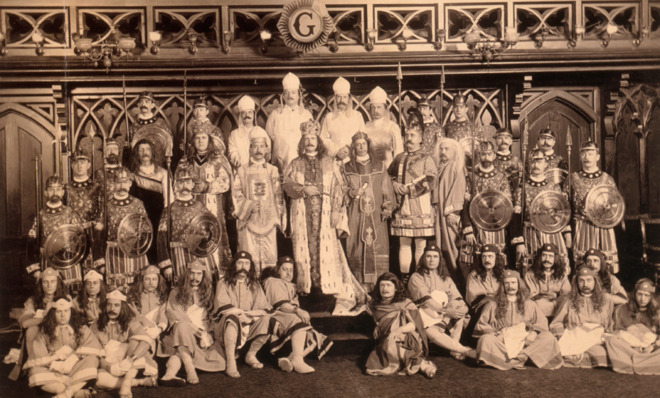
Traditional "old man" fraternal organizations are supposed to be cloaked in mystery, holding secrets that only fellow brothers may know. As a result, most of us outsiders only know a tiny bit about these orders. What's the real story behind these often inscrutable names and curious emblems? Here, some insight into how these lodges formed, and why they chose their baffling symbols.
1. The Benevolent and Protective Order of Elks

The Elks (BPOE) are a relatively young fraternity in that they don't trace their beginnings to any ancient or noble guilds. The fraternity was started by actors and entertainers in the 1860s as a way to be able to drink on Sundays without having to pay extra taxes in the state of New York. Although the group originally called themselves "The Jolly Corks," in 1868 they decided to form a proper fraternal order, with an emphasis on benevolence and charity. They chose to be Elks because they believed them to be distinctly American animals. Their emblem is an Elk imposed over a clock tolling the 11th hour, as this is the hour Elks pause to give remembrance to their absent brothers.
The Week
Escape your echo chamber. Get the facts behind the news, plus analysis from multiple perspectives.

Sign up for The Week's Free Newsletters
From our morning news briefing to a weekly Good News Newsletter, get the best of The Week delivered directly to your inbox.
From our morning news briefing to a weekly Good News Newsletter, get the best of The Week delivered directly to your inbox.
2. Freemasons
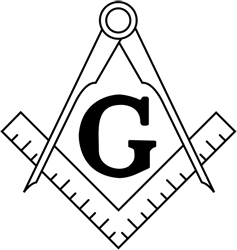
Once upon a time, the Freemasons were a guild of actual stone cutters. In the Middle Ages, in order to get work, professional craftsmen had to belong to a guild (this proved he was properly trained and trustworthy). Though the Masons claim these beginnings, no one is sure exactly how a guild of laborers morphed into the modern fraternal order. There are some clues, though: The Masonic Square and Compass are builder's tools, and for the Freemasons, they represent forethought and good judgment.
3. Odd Fellows

The Independent Order of Odd Fellows (IOOF) has a peculiar name with unclear origins, but it is generally accepted that "oddness" was a founding philosophy of the fraternity. Founded in the 1700s, it was intended that Odd Fellows would be so generous and kind to those in need, that society would consider them odd. This benevolent philosophy is represented by the three chain links, which stand for Friendship, Love, and Truth.
A free daily email with the biggest news stories of the day – and the best features from TheWeek.com
4. Loyal Order of Moose

The origin story of the Moose Lodge is perhaps the least intricate of all. In 1898, a man named Dr. John Wilson wanted to start a fraternal order that was similar to the Elks, but run kind of like the Masons — so he did. Although he didn't stick with it long, the Moose never died out, and four U.S. presidents (Harding, both Roosevelts, and Truman) became members. As for the Moose? We'll leave it to the order to explain: "He takes only what he needs nothing more... yet for his great size and strength he lives in peace with other creatures. The moose uses his size and power not to dominate but to protect, not to spoil but to preserve. He is a fierce protector, a loyal companion, and a generous provider who brings comfort and security to those within his defending circle."
5. Knights of Columbus
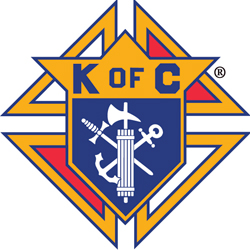
Unlike most of the aforementioned fraternities, who only specify that members must believe in a "higher power," the Knights of Columbus is flat-out Catholic. The KofC was founded by Priest Michael J. McGivney in 1881 in Connecticut as a way to help new Catholic immigrants. McGivney also wanted to keep good Catholic men from being tempted to join other non-denominational secret societies.
The symbol of the KofC is complex. There is a shield, as a knight would use, protecting a cross pattee, which represents Christ. On the shield is a knife, an anchor, and an ax called a fasces. The knife is what a knight uses in battle, the anchor represents Christopher Columbus (for whom the order is named), and the fasces represents unified strength and embracing orderly authority.
6. The Shriners

There's a reason the Shriners are famous for wearing silly hats and driving little cars in parades. The Shriners are a branch of Freemasonry that was started by Masons who wanted to focus more on fun and fellowship than ritual and sanctity. The order adopted an Arabian theme because one of the founders attended a cool party in France with that theme.
The many parts of their emblem all represent different things. The scimitar stands for the backbone of the fraternity (its members), the sphinx stands for the governing body of the Shriners, and the five-pointed star represents the many children helped by their philanthropy each year. The emblem also bears the phrase "Robur et Furor," which means "Strength and Fury."
The exact origins of the name are unknown, but the initials for Ancient Arabic Order of the Nobles of the Mystic Shrine (A.A.O.N.M.S.) are an anagram for "A MASON," and many scholars think this isn't a coincidence.
Therese O'Neill lives in Oregon and writes for The Atlantic, Mental Floss, Jezebel, and more. She is the author of New York Times bestseller Unmentionable: The Victorian Ladies Guide to Sex, Marriage and Manners. Meet her at writerthereseoneill.com.
-
 Political cartoons for December 20
Political cartoons for December 20Cartoons Saturday’s political cartoons include drowning rats, the ACA, and more
-
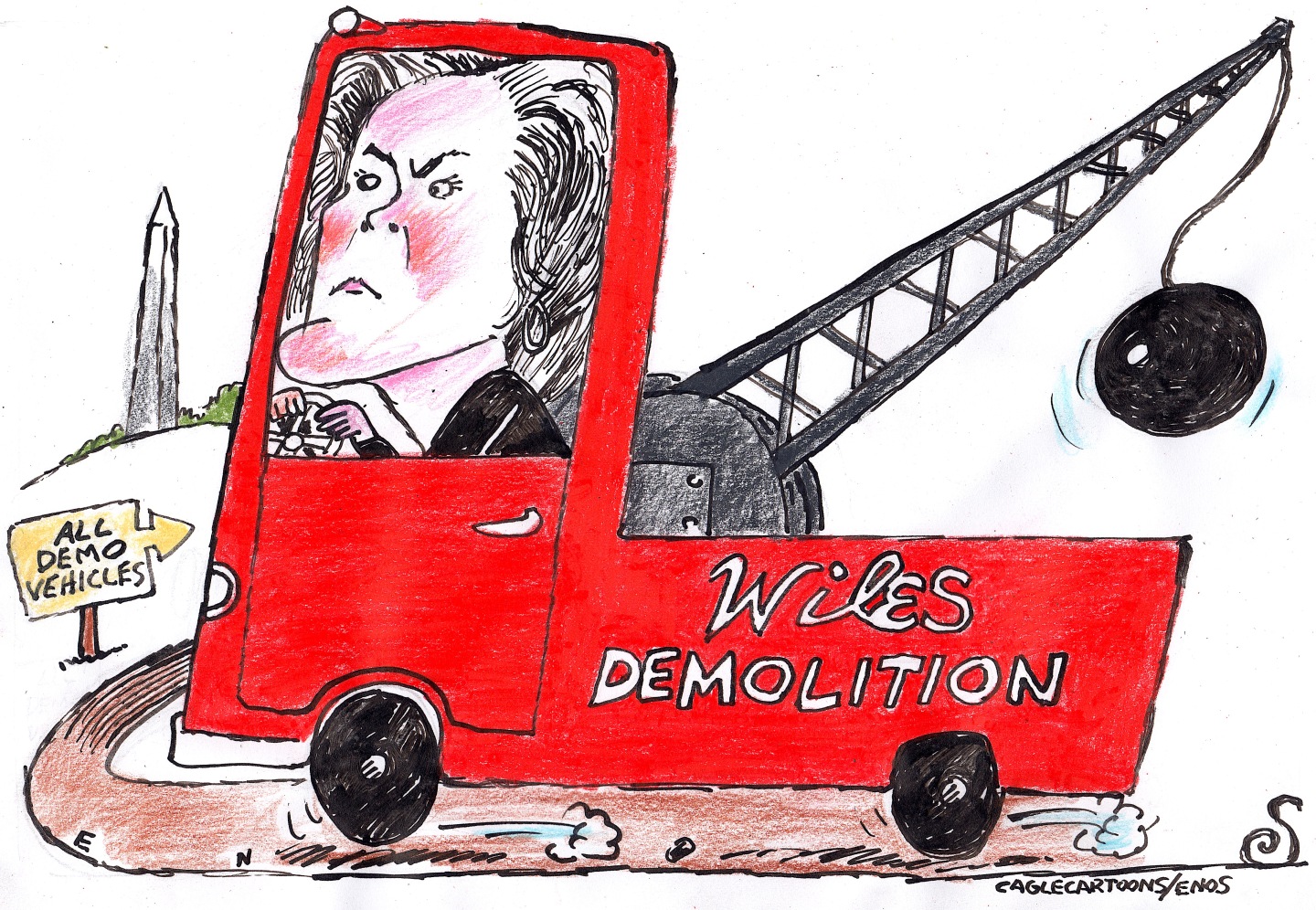 5 fairly vain cartoons about Vanity Fair’s interviews with Susie Wiles
5 fairly vain cartoons about Vanity Fair’s interviews with Susie WilesCartoon Artists take on demolition derby, alcoholic personality, and more
-
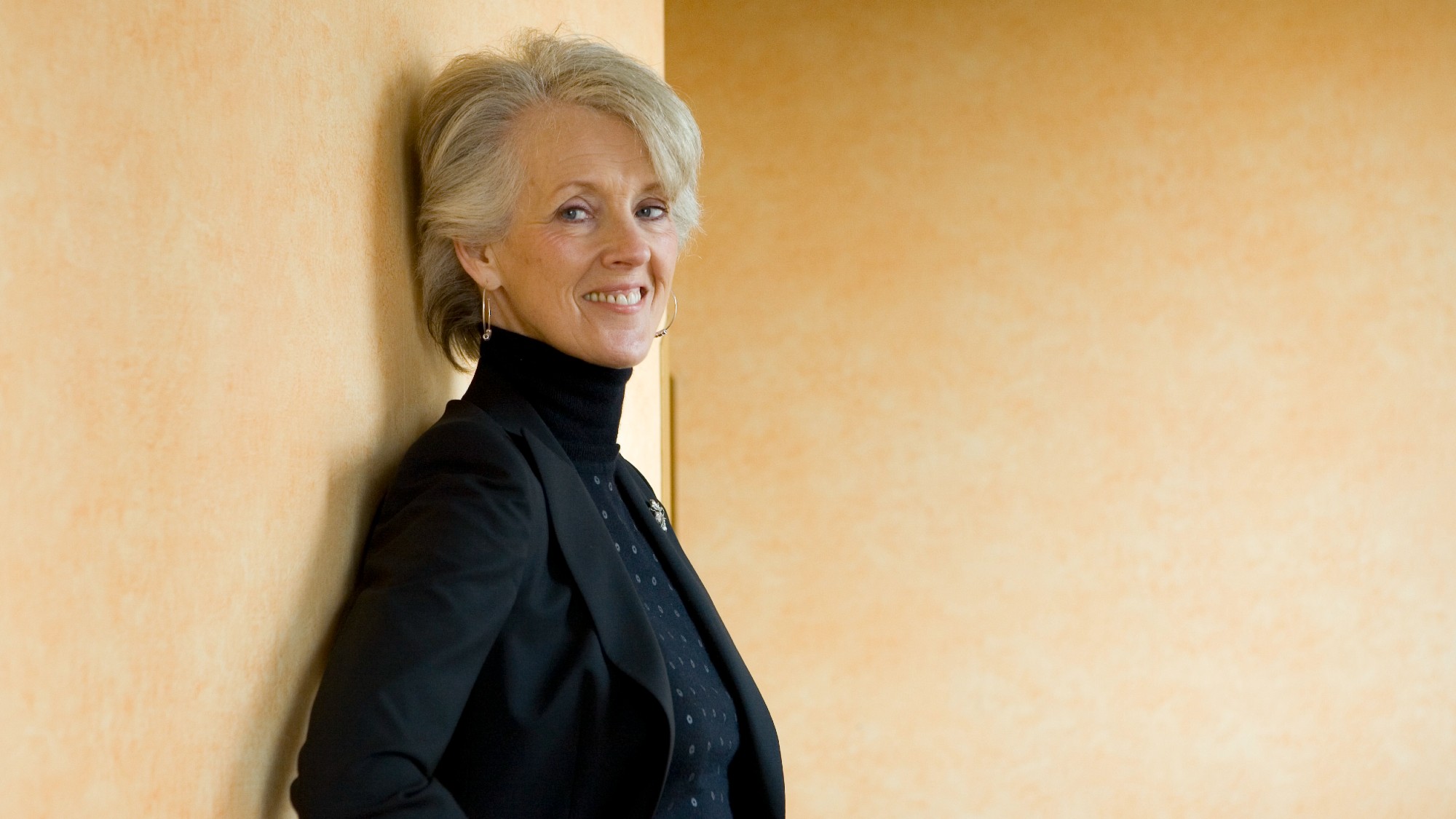 Joanna Trollope: novelist who had a No. 1 bestseller with The Rector’s Wife
Joanna Trollope: novelist who had a No. 1 bestseller with The Rector’s WifeIn the Spotlight Trollope found fame with intelligent novels about the dramas and dilemmas of modern women
